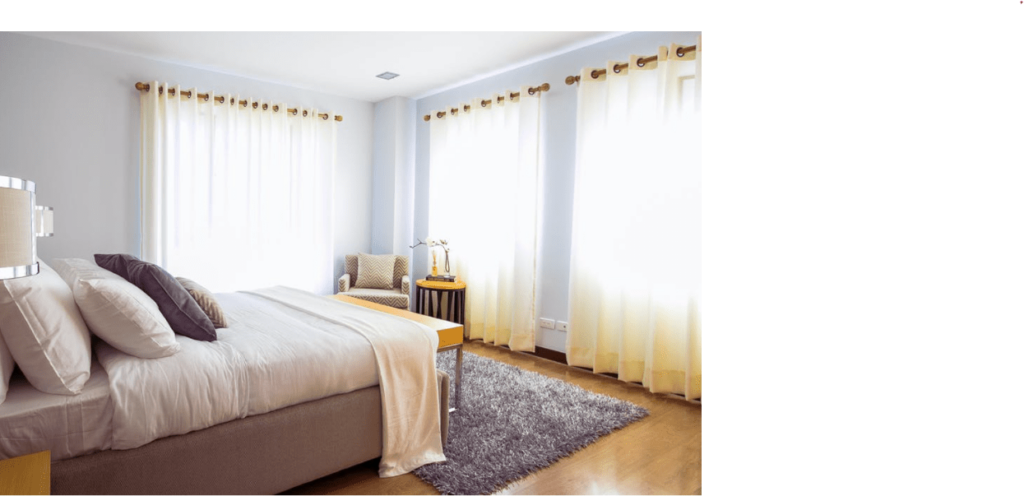Finding out you have bed bugs is stressful, but the good news is that they can be eliminated with professional help. To ensure a successful treatment, one of the most critical steps you can take is preparing your home thoroughly. Proper preparation not only helps the exterminator do their job more effectively but also helps prevent the bed bugs from spreading to other areas of your home.
This guide will walk you through a detailed checklist and provide essential tips for preparing for bed bug treatment.
Why Proper Preparation is Non-Negotiable
A bed bug exterminator’s job is to apply treatments to all the places these pests hide, which includes cracks, crevices, furniture, and wall voids. If your home is cluttered, it creates more hiding spots for bed bugs and makes it impossible for the treatment to reach them all. By preparing your home, you’re not just helping the exterminator—you’re significantly increasing the chances of a complete and successful eradication on the first try.
Your Step-by-Step Preparation Checklist
Follow this checklist to ensure your home is ready for treatment. Be meticulous, as even small missed steps can lead to the survival of bed bugs.
Laundry and Linens
- Wash Everything. Wash all bed linens, pillows, blankets, mattress covers, and clothing from the infested room and any adjacent rooms. Use the hottest water cycle possible.
- Dry on High Heat. After washing, dry all items on the highest heat setting for at least 30 minutes. The high heat is what actually kills the bed bugs and their eggs.
- Store in Sealed Bags. Immediately after drying, place all items in new, clean, sealed plastic bags. Do not reintroduce them into the home until after the treatment is complete and the pest control professional says it is safe to do so. This prevents re-infestation from any stray bugs.
- Items That Can’t Be Washed. For items like stuffed animals, delicate clothing, or shoes that can’t be washed, place them in the dryer on high heat for 30 minutes. Then, seal them in plastic bags.
Decluttering and Furniture
- Remove Clutter. Declutter is a critical step. Remove all items from the floors, under beds, and inside closets and drawers. Discard unnecessary items like old magazines, newspapers, and cardboard boxes, as these are perfect hiding places.
- Empty and Prep Furniture. Empty all drawers, shelves, and closets. Place the contents in sealed bags as detailed above.
- Move Furniture. Move all furniture, including beds, dressers, and nightstands, at least 2 feet away from the walls. This gives the exterminator clear access to all baseboards and wall outlets, where bed bugs often hide.
- Do Not Move Infested Items! Do not move mattresses, furniture, or other items from an infested room to an uninfested room, as this will spread the infestation.
Electronics and Non-Washable Items
- Inspect and Bag. Thoroughly inspect non-washable items like books, toys, electronics, and picture frames. Look for tiny black spots (fecal matter) or the bugs themselves.
- Isolate. Place these items in sealed containers or plastic bags. You can also place them in a hot car for a few hours on a sunny day to kill any bugs.
Cleaning and Vacuuming
- Thorough Vacuuming. Vacuum all carpets, rugs, and upholstery. Pay close attention to seams, crevices, and the undersides of furniture. The vacuum’s suction can physically remove bed bugs and some eggs.
- Immediate Disposal. Immediately after vacuuming, remove the vacuum bag or empty the contents of the canister into a sealed plastic bag. Take this bag outside to an outdoor trash can to prevent the bed bugs from escaping back into your home.
Final Pre-Treatment Checks
- Remove Pets. All pets, including fish in aquariums, must be removed from the home during treatment. Consult your exterminator about when it’s safe to bring them back.
- Unplug Electronics. Unplug all small electrical appliances and devices.
- Clear Wall Hangings. Take down mirrors, photos, and wall hangings and stack them neatly in the center of the room so the exterminator can treat the walls.
- Clear Kitchens. Cover all food, dishes, and kitchen appliances or put them away in sealed cabinets.
After the Treatment
After the treatment is complete, you will be given instructions on when it is safe to return to your home. It’s crucial to follow these instructions to the letter. Do not bring items back from storage until the exterminator has confirmed it is safe to do so. Continued vigilance, including regular vacuuming and monitoring for signs of bed bugs, will help ensure they are gone for good.
Preparing for bed bug treatment can feel like a lot of work, but it’s a vital step. By following this detailed guide, you are setting the stage for a successful outcome and taking back control of your home. Thorough cleaning and decluttering will improve the chances of completely eliminating bed bugs from your home.

